12 Life Twists That Feel Like a Rollercoaster With No Seatbelt

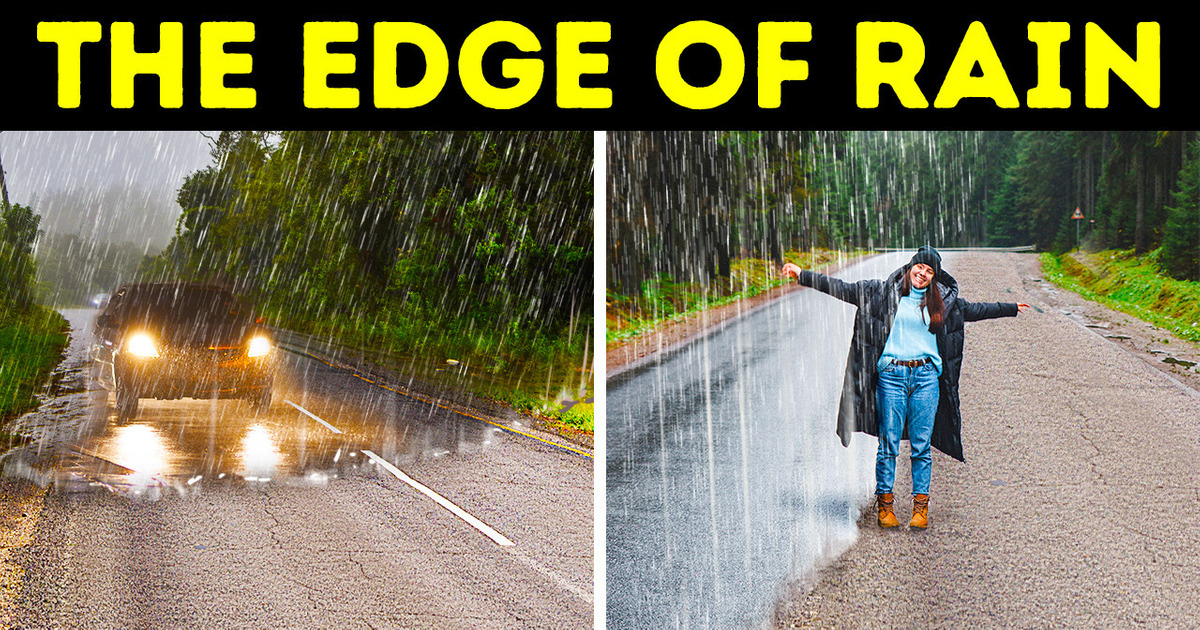
A giant, roiling mountain of a thundercloud is moving towards you. It’s completely black and goes in stark contrast with the bright blue sky right above and behind you. You see a blinding flash and, in a few seconds, a deafening whip-like crack of thunder. And then, the rain starts gushing down from the heavens.
The wind rises, you see treetops bending low towards the ground some miles away and getting closer by the second. You freeze in place, realizing you can’t escape anyway. But when the rain almost reaches you, its movement suddenly stops. Just a few feet before you, there’s a veritable flood, but right where you stand, it’s dry and even sunny. And after a short while, the angry thundercloud spills its last drops and disperses.
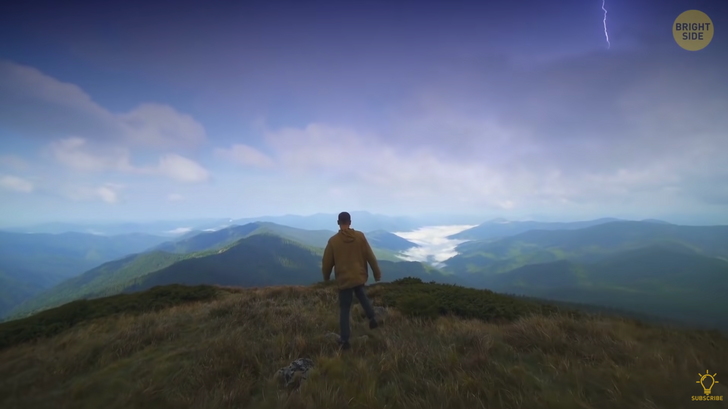
Seeing the edge of rain is a rare thing but not impossible. The rain has to be really powerful, so that the wind couldn’t diverge the drops from their vertical path. If the rain is light, you’ll only be able to see its edges from far away: it looks like a shimmering gray haze going all the way from the sky to the ground.
Now the rain’s passed, but the wind is still blowing and rising ever stronger. You see leaves flying around in a circular pattern and realize a tornado is about to start. You run as fast and far away as you can, climb some hill, and only then stop and turn around. No tornado yet, but the cloud that’s hanging up there looks menacing.
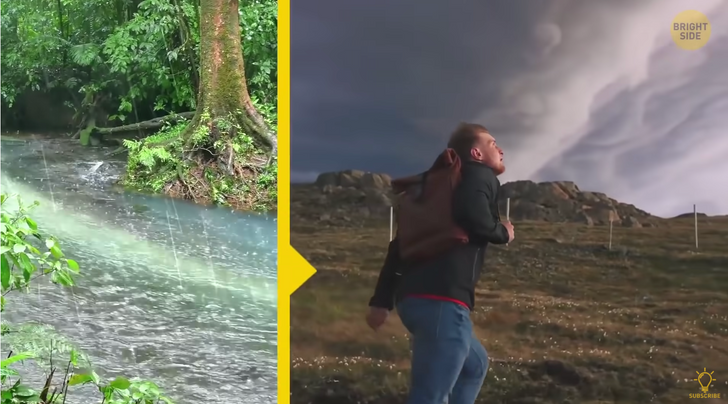
Another flash and a whip crack — the lightning has struck a lone tree near where you just stood! It’s caught on fire, and... there’s a column of flames rising to the sky. Still no rain, and the pillar becomes taller and taller. You’ve heard of such a thing but never seen it: a fire tornado.
These phenomena occur when the wind is caught in a circle close to the ground because of the difference in air pressure. Such mini-tornadoes are usually easy to notice — small rubble, dust, sand, and leaves rise into the air and start flying in rapid circles.
But then, if there’s a source of fire nearby, the funnel can catch it and blow it stronger, like bellows. The flames go round and round, reaching ever higher and eventually creating a swirling, blazing tower. Luckily, fire tornadoes are short-lived and don’t normally cause much damage.
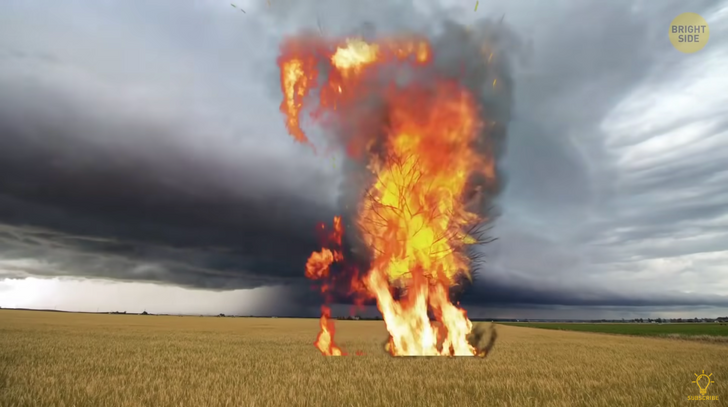
If that wasn’t enough, you feel some rumbling from below. No, it’s not your tummy. It’s low and ominous. You look up and see strange lights hanging above the ground. They look like shimmering balls of light hovering high up in the sky. Your throat goes dry and you gulp. That’s what they call the “earthquake lights.”
This phenomenon is poorly understood, but witnesses say they’ve seen it in different shapes and sizes. It could be in the form of light balls, sheet lightning, streamers, and steady glow in the sky. Soon after, a strong earthquake follows. Scientists can’t explain why those lights appear, and they don’t always do either. Some believe that’s a reaction of underground gases released into the atmosphere.
Sure enough, an earthquake begins, but lucky you — it’s not as strong as you expected. The ground is shaking, but you even manage to keep your balance. It stops as abruptly as it began, and you walk home.
Later that night, you look out the window and see something incredible: a rainbow! But it’s dark already, and the moon is shining in the clear night skies... Ah, wait, that’s exactly what it is — a moonbow! Also called a lunar rainbow, this event occurs extremely rarely. It’s similar to a regular rainbow in everything except that it appears on a clear moony night after a rain shower. Thankful for such a spectacle, you go to sleep.
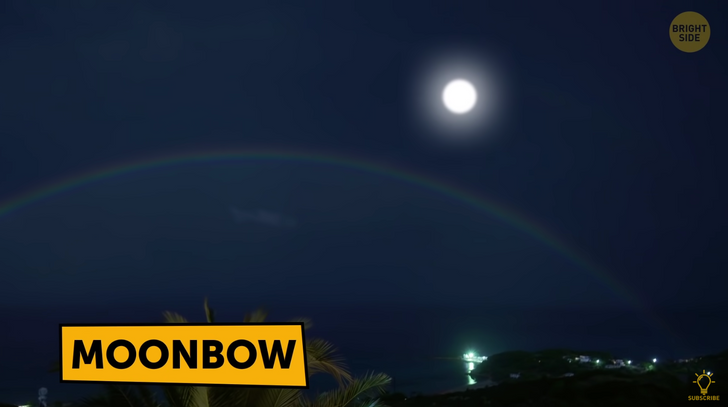
Next morning, you look out the window again, and suddenly, the sun is all but blocked, and it seems to be night again. You hear distant rustling and some kind of cawing. Puzzled, you look up, and you can’t believe your eyes: there are thousands upon thousands of birds in the sky — so many that they block all sunlight.
This is called Sort Sol, or “black sun” in Danish — very fitting. Normally, it only happens in Denmark (hence the name), where numerous migratory starlings take to the air at the same time to look for a place to stay for the winter. There are so many of them that they literally make the sky go black for a few moments. So, what are they doing where you are — well, that’s a good question.
Okay, you’re now magically teleported to Antarctica. We’re in an imaginary universe, so anything can happen! Of course, you’re properly dressed in warm and cozy clothes. You look around in bewilderment and realize you’ve been transported to the slopes of Mount Erebus — one of many volcanoes of the icy continent. Right now, it’s slowly cooking, gas seeping out from its top and fissures on the sides.
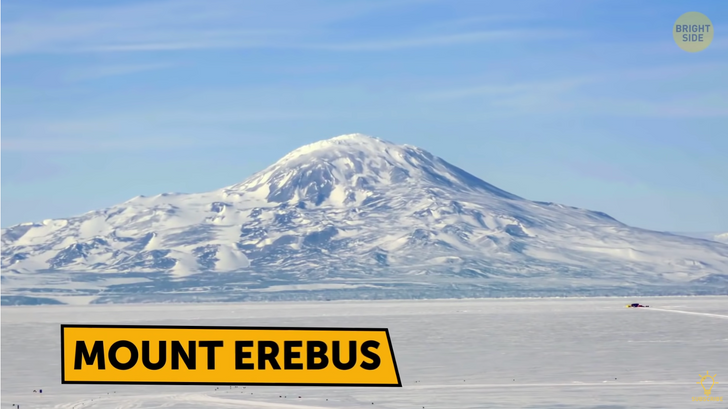
What draws your attention, though, are snowy pillars all around you. These are known as snow chimneys. They form thanks to the boiling magma underneath. It occasionally spews up hot gas towards the surface, but the chill outside stops the hot stuff. As a result, [ice] fumaroles are formed: the hot gas freezes over as soon as it hits the air, creating peculiar ice statues. They let out thin strands of smoke almost all the time and grow as the gas tries to escape from the nether.
Well, that’s enough of the freezing cold and volcanoes — time to go to milder climes. Whoosh — and you’re in Los Angeles. Look up! Almost right above you, there’s a beautiful rainbow cascade of clouds. These are called a fire rainbow, or circumhorizontal arc. Again, it’s a rare thing, but here in LA [Los Angeles], it’s much more likely to occur than, say, in London.
Fire rainbows only appear when the conditions are right: it’s close to the equator, the weather is clear, there are feather-like clouds in the sky, and the sun is higher than 58 degrees above the horizon. Such clouds are made of ice crystals, and when the sun’s rays hit them, the particles refract the light and create a rainbow. Wow.
Oops, jumping to another place again. This time, you find yourself in Indonesia, overlooking another volcano. Its name is Kawah Ijen, and it’s the world’s most beautiful fire mountain. You see it slowly erupting, but the lava lazily flowing out of its maw isn’t red; it’s blue!
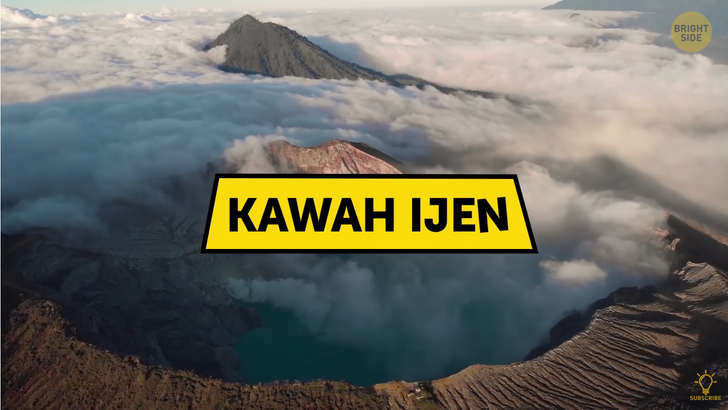
Inside the Kawah Ijen, there’s much more sulfuric gas than in any other volcano. When the mountain erupts, the gas goes out under extreme pressure. As soon as it hits the open air, it triggers a chemical reaction which turns the fire blue. Ever seen a gas stove burning? Here, the principle is basically the same.
Whoosh — and you’re in the bitter cold of the Arctic. Oh, come on! Still, as soon as you see the frozen ocean, you forget all about the cold: there are frost flowers blooming on the surface! Marvelous crystals of fragile ice seem to grow from the thin sheet of the frozen sea.
Such “flowers” only occur near the shore or on lakes when the difference in temperatures above and on the waterline is drastic: at least 27°F [15°C] is required. When the warmer ice on the surface meets the colder air above it, water vapor appears and freezes rapidly. This creates brittle but beautiful structures on the surface, which can even grow taller with time.
Your next destination is not much warmer — still the Arctic Circle, but Siberia now. Strangely, at first you see nothing around but the endless green valley and a low hill nearby. But then, you notice that the ground is trembling. An earthquake again?! No — you see the hill shaking as if about to burst, and then it... actually bursts.
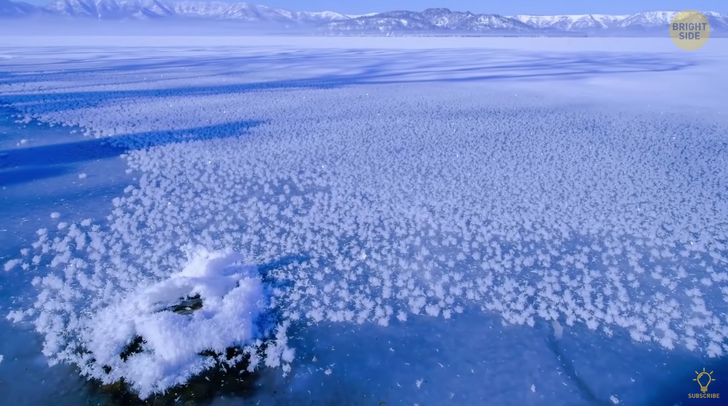
An ear-splitting BOOM takes your hearing away for a few seconds, and you see huge boulders flying in every direction like meteorites. When you return your gaze to the ground, there’s no hill before you. Instead, there’s a huge, wide, and deep crater. You’ve become witness to a permafrost explosion, a new and poorly explored phenomenon.
The main theory is that low mounds sometimes form in the frozen plains of Siberia, pushed upwards by expanding natural gas hidden underneath. At some point, this gas can explode, leading to a powerful burst, and the mound pops like a water bubble — a massive, extremely dangerous pop.
Look out, there’s a stray boulder flying right at you!.. Oof, you’ve been transported right on time. And hey, you’re back home! The thunderstorm is over, and... Whoa, what are those clouds? They look extremely sinister!
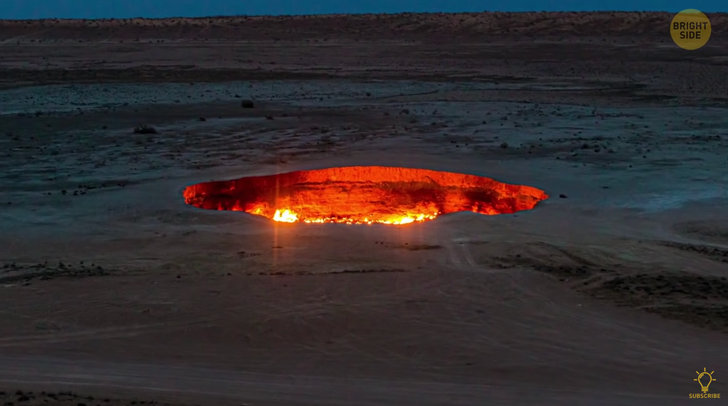
Well, don’t worry, they’re called mammatus clouds, and they’re perfectly safe. They tend to appear before or after a severe storm or a hurricane.
Normally, clouds form thanks to warmer air going up, but these ones form because of cooler air sinking down. It creates pockets made of ice and water, which droop down in distinct lobes. They don’t hold on for too long, though — 15 minutes at the most, and then they’re gone.
You look at the sight, shake your head, and go home. That’s a bit too much for one day.











